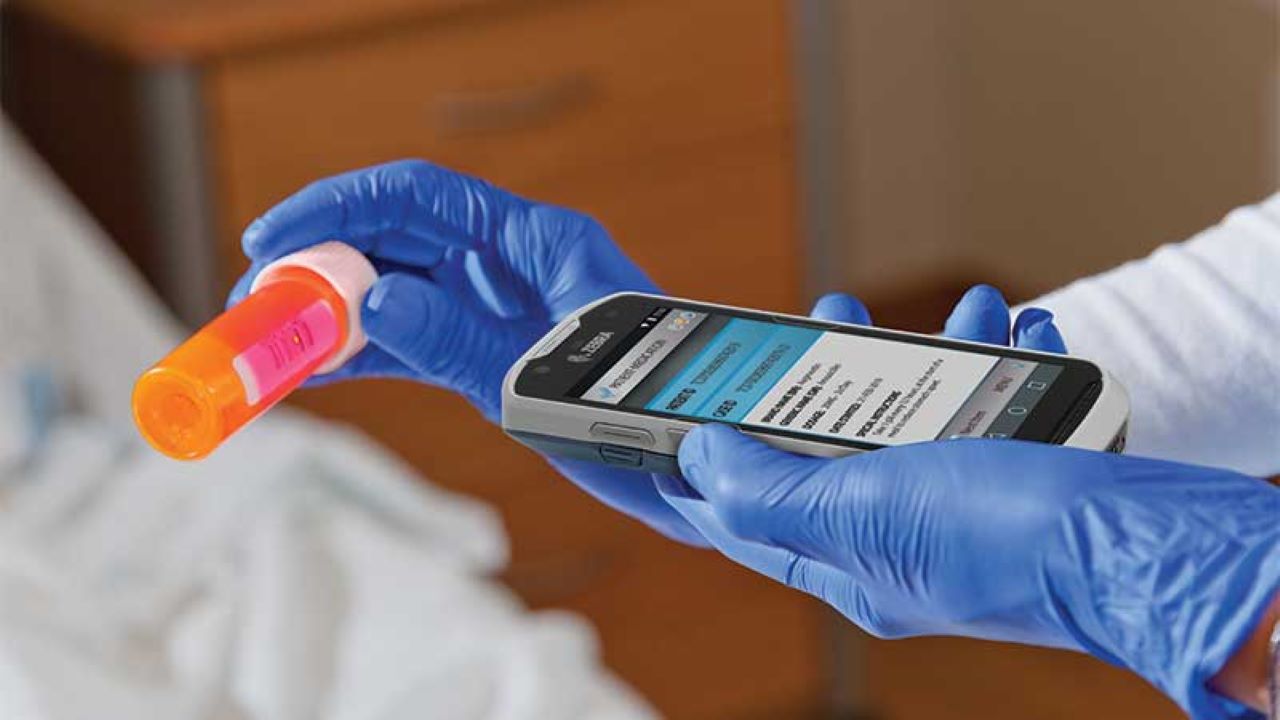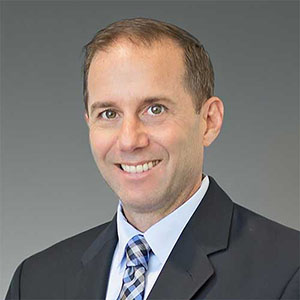
Want Less “Liability” and More “Reliability” from Your Clinical Mobility Solution?
I recently discussed the different ways that consumer-grade smartphones can compromise patients’ health, safety and overall care. However, some clinicians and healthcare administrators have indicated in recent months that they need help selecting the right enterprise-grade mobility solutions for their unique operating models and workflows. There are many different hardware and software options, and a single rugged device can come in multiple configurations. So, how do you know if you’re picking the right communication tools for your clinicians?
The key is to first set performance expectations for the total mobility solution rather than the device alone.
- Define all of the potential use cases – Will the mobility solution only be used to retrieve or update records and facilitate care team communications? Or will it also need to be able to communicate with industrial desktop printers to produce a wristband or mobile printers to generate specimen labels? Do you need push-to-talk capabilities or a more collaborative communication solution such as Workforce Connect? And, consider how will mobile devices be utilized to facilitate more “intelligent” healthcare applications in the #NextWave of modernization. They will interface with health information systems and medical devices to report patient status and alert care teams to changes in real time. They will communicate with MRI machines, laboratory technologies and even automation systems used in surgery suites to inform medical team decisions, as depicted in this TED video:
- Consider compliance – Will your devices be secure enough to protect patients’ sensitive information per local regulatory requirements? (Don’t forget, even printers can be a security risk if not properly locked down.) Will the smartphone be able to scan patient IDs, pill bottles or medical devices to ensure compliance with guidelines set forth by global regulatory bodies, such as the Falsified Medicines Directive?
- Determine all potential care team communication channels so that you can confirm system integration capabilities – How will clinicians submit orders to the pharmacy or lab or ensure patient records are properly submitted for billing? Will the mobility solution need to provide access to information systems shared with third parties to ensure care continuity during inbound patient transfers from emergency medical technicians (EMT) in the field or outbound transfers to longer-term, non-acute care facilities?
In fact, it was this last consideration that prompted Nemours Children’s Health System to migrate from a fragmented consumer device-based communications setup to a well-connected enterprise mobility architecture. But this healthcare system didn’t just rollout new clinical smartphones. It stood up a centralized “command and control” center that is modeled on systems used by air traffic controllers and NASA’s Mission Control Center. Trained paramedics at the high-tech center use hospital-grade touch-screen handheld computers with a specialized workflow to monitor the health of 250 patients at two different locations – one in Delaware and one in Florida – as well as manage alarm escalations and communicate with patients when needed. These remotely-stationed paramedics then quickly share critical information with the nearly 700 caregivers armed with those same clinical smartphones to expedite life-saving care when needed.
Watch this (or read the full story here):
Of course, improved response time was just one of the many benefits that Nemours (and other hospitals) have gained by making the investment in the right mobility solution. As James Schnatterer, Clinical Applications Manager at Nemours Children’s Health System, explained in a recent press release when asked why they finally decided to switch to an enterprise-grade solution (which, full disclosure, is based on a Zebra mobile computing platform):
“… it offers significantly more capabilities than consumer smartphones…[it] is a durable, hospital-grade device that is easy to clean and disinfect. It provides better performance and battery life for a full shift which is critical to our staff. Additionally, it’s purpose-built for the healthcare environment and workflows which enables us to connect the right patient to the right care resulting in improved patient outcomes.”
His words, not mine. Though I believe that they sum up the points I have been trying to make.
A Final Thought
A few months back, mobility expert Bob Ashenbrenner spoke of the “normalization of risk.” Specifically, he called out how “the normalization of risk has led many organizations to make risky mobile technology decisions that has ultimately cost them more in losses (time, money, customers) than what they ever stood to gain.”
My concern is that there has been some “normalization of risk” occurring during the selection of mobile devices in healthcare over the last several years. Perhaps someone has said: “I’ve cleaned my iOS device a couple of times at home with disinfecting wipes, so it should be fine at the hospital too.” Or maybe someone in IT claimed to have found a consumer device that “meets our minimum security requirements” or “could be configured to scan patient wristbands with some work” or “can sync with the most used applications, which is sufficient enough for now since there are desktop computers at the nurse’s station.”
The problem is that each of these statements entails some level of compromise, whether in the mobile solution’s performance, security or safety metrics. Don’t compromise; not on this. Otherwise you risk compromising your ability to provide the quality care that your patients deserve and your organization prides itself on delivering.
If money is the cause of the compromise, call me or my team before you make a decision. Let’s talk about all of your options. If you need help managing – or justifying – enterprise mobility costs*, we can share plenty of resources that could prove beneficial. For example, these two blogs discussing the total cost of ownership (TCO) – or what we prefer to refer to as the “total benefits of ownership” – of consumer vs. enterprise mobile devices are very helpful:
Putting the Total Back in Total Cost of Ownership – Part 1 and Part 2
Zebra also has several customers that can share the cost-control and resource-reduction strategies they used when making the transition from consumer to hospital-grade solutions. When you talk to them, be sure to ask about the financial savings and efficiency gains they have enjoyed as a result of that switch. The ones I shared above are just the tip of the iceberg.
Feel free to leave me a note below if you’d like to connect, or you can contact the Zebra Healthcare mobility team here.

Chris Sullivan
As the Global Healthcare Practice Lead for Zebra Technologies, Chris Sullivan advocates for the role technology plays in improving the quality, safety, and efficiency of patient care, and for the value of unifying best practices from around the world to improve healthcare globally. He has over 20 years of healthcare industry executive leadership experience in corporate strategy, business development, and marketing.
He maintains an acute understanding of the needs of patients and their caregivers coupled with robust technical knowledge of healthcare operations and is well-versed on a myriad of healthcare technology trends, including patient identify, clinical mobility, real-time location solutions, supply chain, and the physical environment of care. Through his global lens, Mr. Sullivan can speak to any regional healthcare issue that is imperative to connecting best practices across borders. He focuses on what’s possible to positively transform global healthcare, basing his perspective on the ever-important Voice of the Customer (VoC).
Mr. Sullivan is a sought-after industry speaker, healthcare customer board member and U.S policy advocate on Capitol Hill. He is on the board of directors for Swedish Covenant Hospital, a board member of the Healthcare Supply Consortium, a member of the GS1 Healthcare Organization and the board chairman for Healthcare IoT Community. He received his MBA from Golden Gate University.




